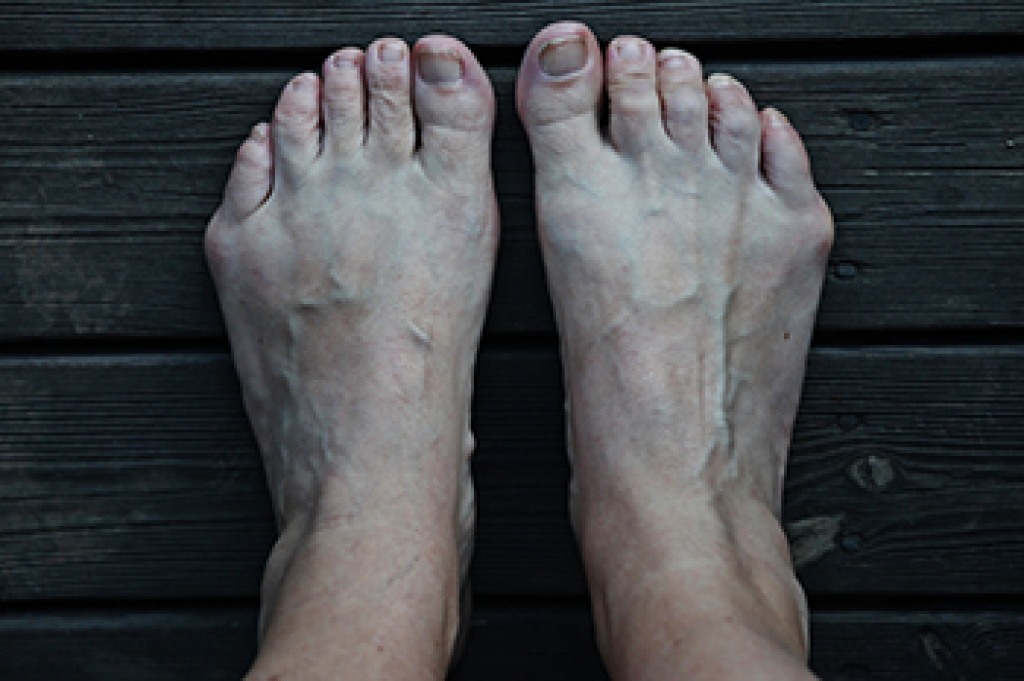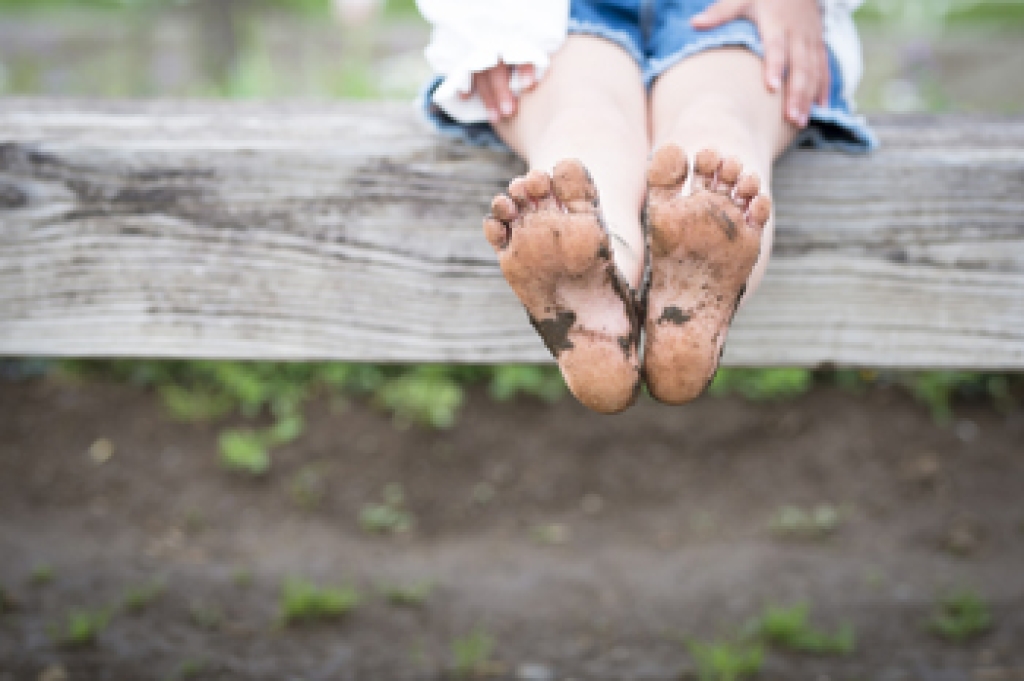Blog
Common Foot Troubles Runners Need to Watch For

Runners push their feet through repetitive impact, quick transitions, and changing terrains, which makes certain running injuries more likely to develop. Sore arches, tight calves, and aching heels are common early signs that the tissues are working harder than they should. Over time, this strain can lead to plantar fasciitis, stress reactions in the bones, tendon irritation, or painful blisters that make every step feel more demanding. Some runners also notice numbness, burning, or tingling when shoes are too tight or if the foot structure needs more support. These issues often start small, but can quickly disrupt training if ignored. Paying attention to shoe fit, gradually increasing mileage, and allowing proper recovery between runs can make a significant difference. Listening to early symptoms helps prevent long-term injury and keeps running enjoyable. If discomfort persists, interferes with your stride, or continues after rest, it is suggested that you see a podiatrist for evaluation and appropriate care.
Exercising your feet regularly with the proper foot wear is a great way to prevent injuries. If you have any concerns about your feet, contact one of our podiatrists of Ocotillo Foot and Ankle Centers. Our doctors will treat your foot and ankle needs.
How to Prevent Running Injuries
Many common running injuries are caused by overuse and overtraining. When the back of the kneecap starts wearing out and starts causing pain in your knee, this is commonly referred to as runner’s knee. Runner’s knee is a decrease in strength in your quadriceps and can occur if you’re not wearing properly fitted or supporting shoes. To prevent runner’s knee, focusing on hip strengthening is a good idea, as well as strengthening your quads to keep the kneecaps aligned.
What Are Some Causes of Running Injuries?
- One cause of a common running injury is called iliotibial band syndrome.
- Plantar fasciitis is also another common injury.
- Stress fractures can occur from overtraining, lack of calcium, or even your running style.
Best Ways to Prevent Running Injuries
- Wear footwear that fits properly and suits your running needs.
- Running shoes are the only protective gear that runners have to safeguard them from injury.
- Make a training schedule. Adding strengthening exercises as well as regular stretching can help keep you strong and limber and can lessen the possibility of injuries.
- Stretching keeps muscles limber; this will help you gain better flexibility.
If you have any questions, please feel free to contact our offices located in Chandler, and Phoenix, AZ . We offer the newest diagnostic and treatment technologies for all your foot care needs.
The Painful Bump of a Bunionette

A bunionette, also known as a tailor’s bunion, is a bony bump that forms on the outside of the foot near the base of the little toe. It develops when the fifth metatarsal bone shifts outward while the toe moves inward. This is often due to inherited foot structure, poor footwear choices, or repetitive pressure on the side of the foot. Symptoms include redness, swelling, and pain, especially when wearing tight or narrow shoes. The area may appear raised and tender, and the skin can become irritated or callused. Walking or standing for long periods may worsen the discomfort. A podiatrist can diagnose a bunionette through physical examination and imaging to assess the alignment of the bones. Treatment may include shoe modifications, padding, custom orthotics, and anti-inflammatory measures. In more severe cases, surgery may be needed to correct the deformity. If you notice a painful bump near your little toe, it is suggested that you make an appointment with a podiatrist for help.
If you are suffering from bunions, contact one of our podiatrists of Ocotillo Foot and Ankle Centers. Our doctors can provide the care you need to keep you pain-free and on your feet.
What Is a Bunion?
A bunion is formed of swollen tissue or an enlargement of boney growth, usually located at the base joint of the toe that connects to the foot. The swelling occurs due to the bones in the big toe shifting inward, which impacts the other toes of the foot. This causes the area around the base of the big toe to become inflamed and painful.
Why Do Bunions Form?
Genetics – Susceptibility to bunions are often hereditary
Stress on the feet – Poorly fitted and uncomfortable footwear that places stress on feet, such as heels, can worsen existing bunions
How Are Bunions Diagnosed?
Doctors often perform two tests – blood tests and x-rays – when trying to diagnose bunions, especially in the early stages of development. Blood tests help determine if the foot pain is being caused by something else, such as arthritis, while x-rays provide a clear picture of your bone structure to your doctor.
How Are Bunions Treated?
- Refrain from wearing heels or similar shoes that cause discomfort
- Select wider shoes that can provide more comfort and reduce pain
- Anti-inflammatory and pain management drugs
- Orthotics or foot inserts
- Surgery
If you have any questions, please feel free to contact our offices located in Chandler, and Phoenix, AZ . We offer the newest diagnostic and treatment technologies for all your foot care needs.
Caring for Foot Fungus in Children and Infants

Although rare, foot fungus can affect even young children and infants, often appearing as dry, itchy, or peeling skin between the toes or on the soles. The infection thrives in warm, moist environments, such as sweaty socks or closed shoes. In babies, damp feet from prolonged use of booties or footed pajamas can create similar conditions. Such an infection can also come from using unclean nail clippers to trim a child’s toenails. A podiatrist can diagnose the infection and recommend child-safe antifungal creams or sprays. Keeping the feet clean and dry, using clean nail cutting tools, changing socks frequently, and allowing feet to air out each day are important steps for recovery. For infants, using breathable fabrics and avoiding tight coverings helps prevent moisture buildup. Parents should avoid home remedies that could irritate delicate skin. Instead, if your infant or child has signs of a fungal infection on their feet, it is suggested that you take them to see a podiatrist for gentle, effective treatment, and to help stop the fungus from spreading or returning.
The health of a child’s feet is vital to their overall well-being. If you have any questions regarding foot health, contact one of our podiatrists of Ocotillo Foot and Ankle Centers. Our doctors can provide the care you need to keep you pain-free and on your feet.
Tips for Keeping Children's Feet Healthy
- Make sure their shoes fit properly
- Look for any signs of in-toeing or out-toeing
- Check to see if they have Clubfoot (condition that affects your child’s foot and ankle, twisting the heel and toes inward) which is one of the most common nonmajor birth defects.
- Lightly cover your baby’s feet (Tight covers may keep your baby from moving their feet freely, and could prevent normal development)
- Allow your toddler to go shoeless (Shoes can be restricting for a young child’s foot)
- Cut toenails straight across to avoid ingrown toenails
- Keep your child’s foot clean and dry
- Cover cuts and scrapes. Wash any scratches with soap and water and cover them with a bandage until they’ve healed.
If you have any questions, please feel free to contact our offices located in Chandler, and Phoenix, AZ . We offer the newest diagnostic and treatment technologies for all your foot care needs.
Supporting Foot Health to Prevent Falls in Older Adults

As people age, foot strength and stability play a major role in balance and mobility. Weakness in the toes and ankles can make walking less steady, increasing the risk of slips or falls. Many older adults also wear shoes that do not fit properly or lack support, further compromising safety. Strengthening the feet through simple exercises and choosing footwear designed for stability can make a significant difference in maintaining independence. Podiatrists can assess foot function, recommend balance-improving footwear, and design targeted exercise programs to build strength in the toes and arches. These steps are especially important when combined with care from other health professionals to support overall movement and confidence. If you have noticed changes in your balance or foot strength, it is suggested that you see a podiatrist for an evaluation and personalized care.
If you need your feet checked, contact one of our podiatrists of Ocotillo Foot and Ankle Centers. Our doctors will attend to all of your foot and ankle needs and provide you with quality treatment.
Geriatrics and Podiatry
When people age, some common issues that may occur are bone density loss, dry skin, poor circulation, and rough brittle nails. These issues may also affect your foot health if the necessary steps are not taken to alleviate the problems.
It is important to take care of your feet because feet that are injured or diseased can affect your overall health. Having painful feet hinders your ability to do daily activities or may decrease your willingness to do the things that you need to do.
Visiting Your Geriatrician
As we age, health problems become more likely, so it is essential to visit your doctor for check-ups to ensure that you are doing the best you can to take care of your health. It is recommended to check your feet frequently for any possible cuts, bruises, swelling, corns or any other irregularities.
Taking Care of Elderly Feet
Cracked or dry feet can be treated by applying moisturizer often. It is also important not to wear old socks because the older the sock is, the higher the possibility there will be that there is bacteria there. Wear fresh socks and make sure they fit properly.
Proper foot health means that you can have a more active lifestyle and you will not be bogged down by pain. Foot health also leads to good circulation, which is paramount for overall health.
If you have any questions, please feel free to contact our offices located in Chandler, and Phoenix, AZ . We offer the newest diagnostic and treatment technologies for all your foot care needs.




